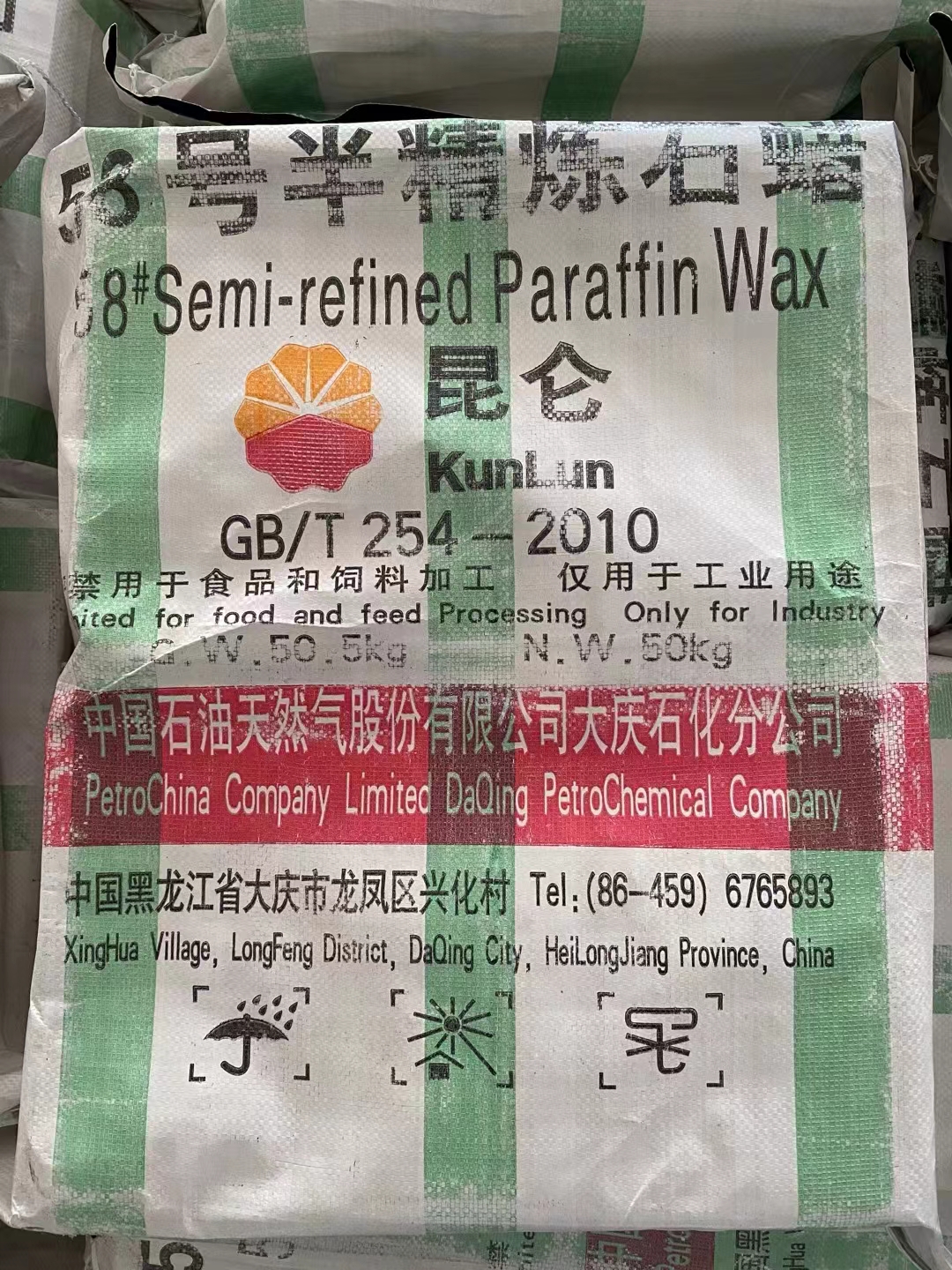Paraffin is a hydrocarbon mixture extracted from certain distillates of petroleum, shale oil, or other bituminous mineral oils. Its main components are solid alkanes, odorless and tasteless, and are white or pale yellow semi-transparent solids. Paraffin is a mixture of different molecular-weight straight-chain saturated alkanes and can be represented by the formula CnH2n+2. According to the physical state of paraffin as described in Chemicalbook, it can be classified into three categories: liquid paraffin, solid paraffin, and microcrystalline wax. Paraffin has many advantages such as low price, wide source, colorless and odorless, stable physical and chemical properties, and large latent heat of phase change. Therefore, it is widely used in medicine, packaging, construction, military camouflage, industry, and agriculture. In recent years, there have been many studies on composite phase change energy storage materials.
The appearance is a white solid. The melting point ranges from 50℃ to 70℃, the relative density is 0.9, the average carbon chain length is C28 to C29, and the relative average molecular weight is 400. For this variety: at 20℃, the relative density of the solid is 0.88 to 0.93, the refractive index is 1.526 to 1.535, at 100℃, the relative density of the liquid is 0.73 to 0.77, and the refractive index is 1.418 to 1.433. It dissolves in benzene, chloroform, carbon tetrachloride, and camphor oil, but does not dissolve in methanol, ethanol, and water.
Package:25kg/bag
Application
It takes its characteristics as pure while color, low oil content, good stability, odor less, negative mechanical impurity and water. It is widely used for high quality candle making, packaging, cosmetics producing, fruit fresh-keeping, and rubber anti-aging and so on.
Representative applications of paraffin wax include candles and paper product processing. The former is an application that wonderfully
combines the properties of wax, such as its solid state at room temperature, low melt viscosity, and good flammability, while the latter is
used to provide various functions such as moisture proofing, waterproofing, fragrance retention, gloss, and lubrication. There are a variety
of other applications including cosmetics, pharmaceuticals, electrical uses, rubber, adhesives, lubricants, oxidized paraffin, chlorinated paraffin,
matches, ink, stationery, agriculture and forestry uses, carving/modeling and casting arts and crafts, spinning use, leather, glazing,
neutron moderating, and ceramic molding. Each of these applications utilizes the unique properties of wax.




